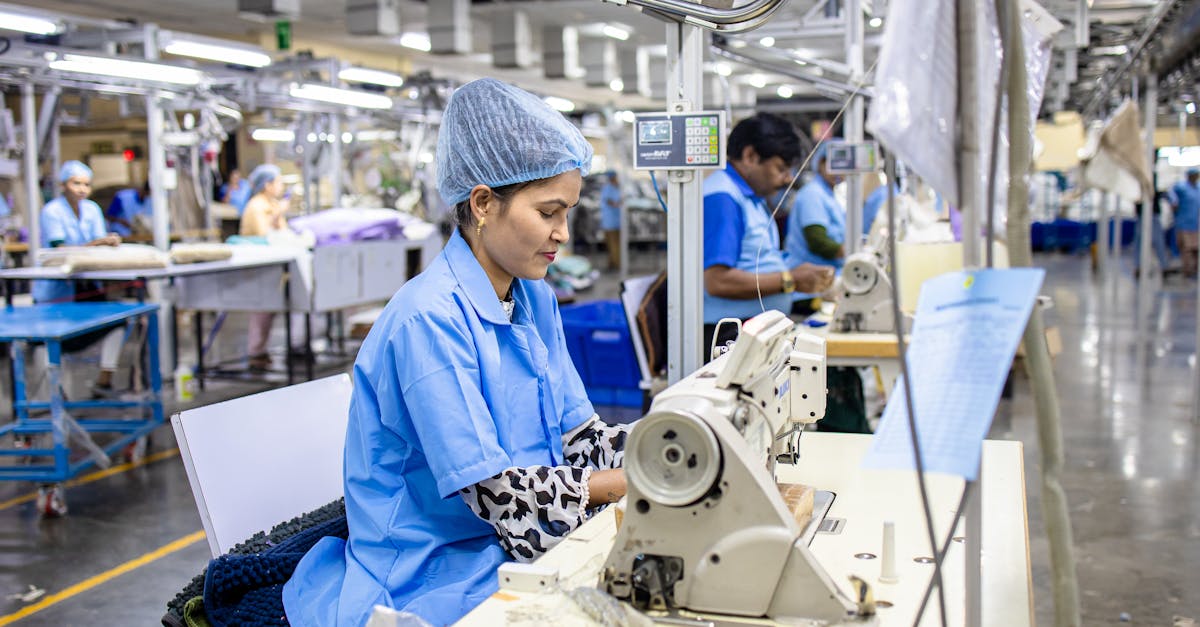Labor can feel like a wild ride, but what if there was a way to make it a little smoother? Enter buoyancy—yes, the same principle that keeps your favorite beach ball afloat. Imagine gliding through contractions in water, feeling weightless and free. That’s right! Buoyancy during labor isn’t just a fancy term; it’s a game-changer for many expecting parents.
Table of Contents
ToggleUnderstanding Buoyancy During Labor
Buoyancy plays a significant role in enhancing the labor experience. It allows individuals to feel weightless, making contractions more manageable.
What Is Buoyancy?
Buoyancy refers to the upward force that water exerts on an object submerged in it. This force counteracts gravity, resulting in a sense of lightness. During labor, many find that immersion in water offers relaxation. Utilizing this principle, women can experience decreased discomfort and increased mobility while laboring. Factors such as body position in water can enhance buoyancy, providing additional support during contractions.
The Science Behind Buoyancy in Water
Buoyancy in water occurs due to principles of physics. As an object enters water, it displaces a volume of water equal to its weight. Archimedes’ principle explains this phenomenon, indicating that the upward force equals the weight of the displaced water. This concept is particularly beneficial during labor, as it reduces strain on joints and muscles. Lower pressure on the body helps to alleviate discomfort, creating a calming environment. Effective use of buoyancy can result in a more positive labor experience, allowing for greater freedom of movement.
Benefits of Buoyancy During Labor
Buoyancy offers significant advantages for those in labor. Immersion in water helps create a supportive environment, enhancing the overall experience.
Pain Relief and Comfort
Pain relief occurs effectively through buoyancy. Feeling lighter in water eases pressure on joints and reduces discomfort. The warmth of the water contributes to relaxation, fostering a soothing atmosphere for labor. Studies show that many individuals report decreased reliance on pain medication when utilizing buoyancy techniques. Increased support during contractions leads to a greater sense of comfort, making it easier to handle the intensity of labor. Ultimately, the combination of reduced weight and soothing temperature creates an ideal setting for managing pain.
Enhanced Mobility
Enhanced mobility results from buoyancy during labor. Individuals often find it easier to move freely in water, improving their positioning and comfort. Water supports the body, allowing for various positions such as sitting or kneeling without putting extra strain on muscles. Enhanced mobility facilitates more effective coping strategies during contractions. In addition, it encourages more rapid progress in labor, as movement can help reposition the baby. Overall, the freedom to move comfortably plays a crucial role in a positive labor experience.
Techniques for Utilizing Buoyancy
Utilizing buoyancy during labor can enhance the experience and improve comfort. Several techniques exist to leverage water’s supportive properties.
Water-Based Births
Water-based births offer an alternative to traditional labor settings. Many individuals find that immersion in water helps alleviate pain during contractions. The buoyancy experienced in water minimizes pressure on the joints and muscles. This method encourages a relaxed environment that supports natural labor progression. Research shows that women who opt for water births report higher satisfaction levels and may utilize less pain medication. Additionally, the warmth of the water further promotes relaxation, creating a soothing atmosphere for both mother and baby.
Hydrotherapy Practices
Hydrotherapy practices incorporate various water-based techniques designed to ease labor discomfort. These may include sitting on a birthing ball while submerged or gently swaying in water. Engaging in movements such as walking in water enhances mobility and improves positioning. It’s not uncommon for individuals to find relief from back pain through these techniques. Warm compresses may also be employed to provide targeted comfort while submerged. Continuous immersion fosters an environment conducive to effective coping strategies during contractions. Research indicates that these practices contribute to a more positive labor experience, offering significant benefits for mothers.
Considerations and Precautions
Utilizing buoyancy during labor offers multiple benefits, but it’s essential to consider certain risks and suitable candidates beforehand.
Risks and Limitations
Risks associated with buoyancy during labor include infection, especially if water cleanliness is compromised. Monitoring water temperature remains crucial, as excessive heat can harm both mother and baby. Limitations arise for individuals with specific medical conditions, such as heart disease or severe obesity, as immersion in water may pose additional risks. Professionals should assess each situation carefully before recommending buoyancy techniques. Environmental factors, including inadequate privacy or logistical issues with water access, can also impact the effectiveness of the experience. It’s crucial to establish a safe and supportive environment for optimal results.
Suitable Candidates for Buoyancy
Buoyancy techniques suit various candidates, particularly those seeking alternatives to traditional labor settings. Women in good overall health and with low-risk pregnancies benefit greatly from hydrotherapy practices. Individuals particularly uncomfortable with typical labor conditions may find buoyancy enhances relaxation and pain management. Many studies highlight satisfaction among women who choose water births, often linking their experiences to reduced medication needs. Expectant parents should consult healthcare providers to determine suitability, ensuring personalized recommendations align with each unique situation.
Conclusion
Buoyancy during labor offers a unique and effective approach to enhance the birthing experience. By utilizing the natural support of water, individuals can experience reduced discomfort and increased mobility. The warmth and weightlessness create a soothing environment that fosters relaxation and pain relief.
As more expectant parents explore this method, the positive feedback surrounding buoyancy techniques continues to grow. It’s essential for individuals to consult healthcare providers to ensure that buoyancy is a suitable option for their specific circumstances. With careful consideration and proper guidance, buoyancy can significantly contribute to a more satisfying labor experience.





